Paprika vs Sweet Paprika: A Spicy Guide for Foodies and Chefs
Table of Contents
Introduction to Paprika and Sweet Paprika
If you've ever wandered through a spice aisle or flipped through a recipe book, you've probably come across the term paprika. But what exactly is it? And how does sweet paprika differ from regular paprika? In this guide, we’ll break down everything you need to know about these two popular spices, their uses, and how to choose the right one for your cooking.
Paprika is a spice made from dried and ground red peppers. It comes in several varieties, each with its own unique flavor profile—ranging from mild and sweet to smoky and hot. The most commonly used types are smoked paprika, hot paprika, and sweet paprika. While all are derived from the same pepper family, their taste and usage can vary dramatically.
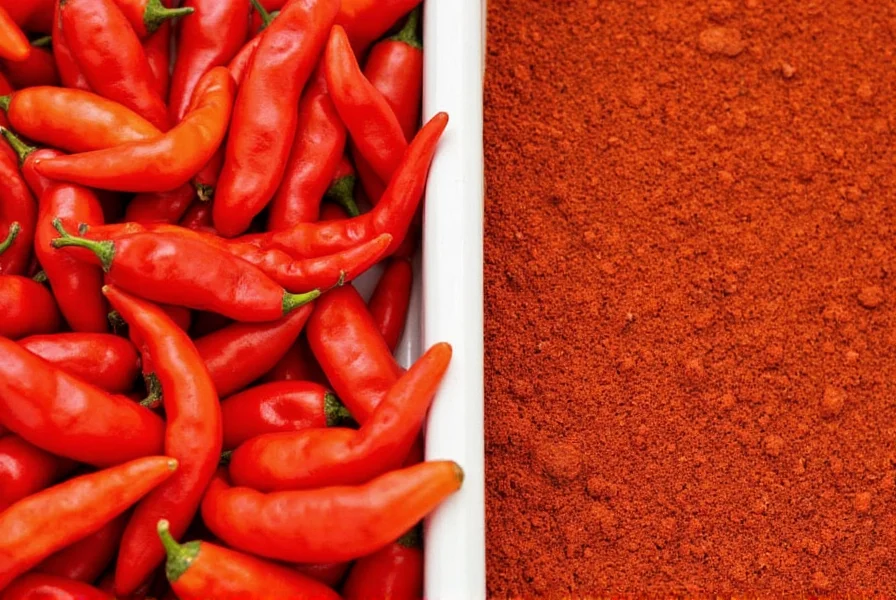
Key Differences Between Paprika and Sweet Paprika
To help you understand the difference between paprika and sweet paprika, here's a quick comparison:
| Feature | Paprika | Sweet Paprika |
|---|---|---|
| Flavor Profile | Mild to medium, sometimes slightly sweet | Smooth, mellow, and very sweet |
| Heat Level | Low to moderate (depending on variety) | Very low or no heat |
| Usage | General seasoning, rubs, and sauces | Finishing spice, garnish, and delicate dishes |
| Color | Vibrant red | Deep red-orange |
| Origin | Europe, especially Hungary and Spain | Also widely used in Europe and Latin America |
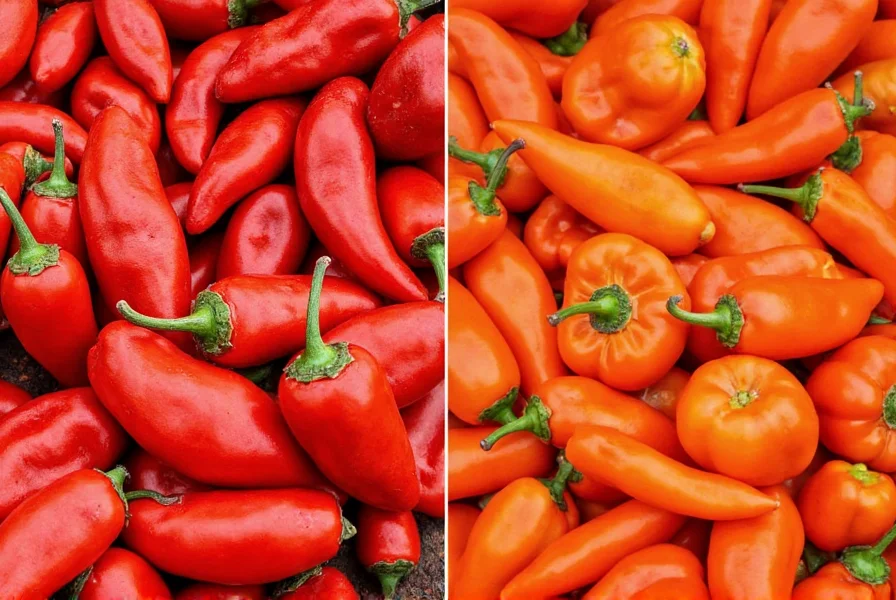
The main distinction between paprika and sweet paprika lies in their flavor intensity and heat level. Regular paprika can range from mild to spicy, depending on the type, while sweet paprika is typically mild and non-spicy. This makes sweet paprika ideal for dishes where you want to add color and subtle sweetness without any heat.
Practical Tips for Using Both Varieties
Whether you're an amateur cook or a seasoned chef, knowing how to use paprika and sweet paprika effectively can elevate your dishes. Here are some practical tips:
- Use sweet paprika for finishing touches—sprinkle it on soups, stews, or roasted vegetables for a burst of color and gentle flavor.
- Opt for smoked paprika when you want a deep, smoky flavor in dishes like chorizo, grilled meats, or deviled eggs.
- Don’t confuse paprika with chili powder—they’re not interchangeable. Chili powder usually contains more spices, including cumin and garlic powder.
- Store both types properly—keep them in airtight containers away from light and moisture to preserve their potency.
- Experiment with ratios—start with small amounts and adjust based on taste. Paprika has a strong flavor, so a little goes a long way.
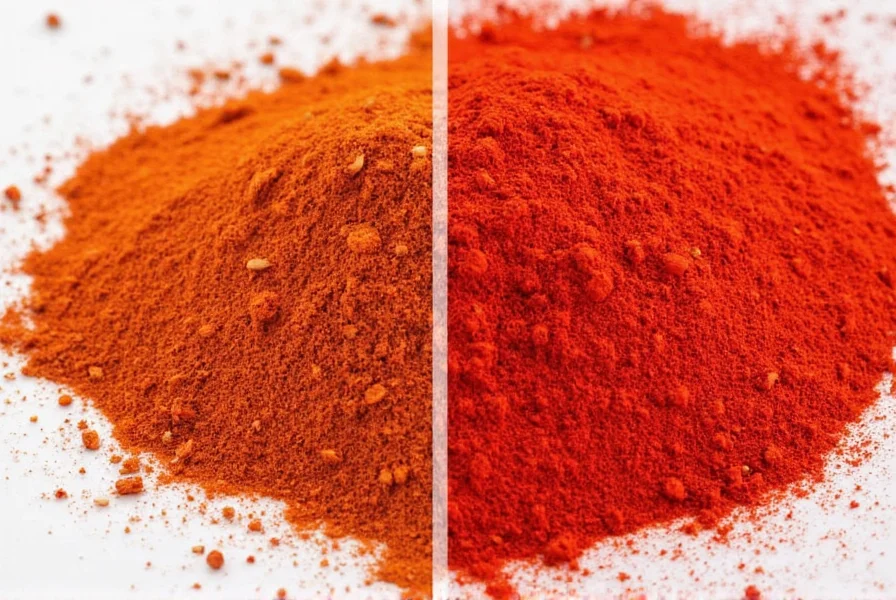
One of the best ways to distinguish paprika vs sweet paprika is by tasting them. If you have access to both, try sprinkling a pinch on a plain piece of bread. The sweet paprika will offer a soft, almost candy-like flavor, while regular paprika may have a slight bite or bitterness depending on the variety.
Cooking Ideas and Recipes
Now that you know the basics, let’s explore some delicious recipes and ideas that showcase the versatility of paprika and sweet paprika:
1. Spanish-Style Patatas Bravas
This classic dish features crispy fried potatoes served with a spicy tomato sauce. Use regular paprika to give the sauce that signature red hue and a hint of warmth. For a twist, finish with a sprinkle of sweet paprika for balance.
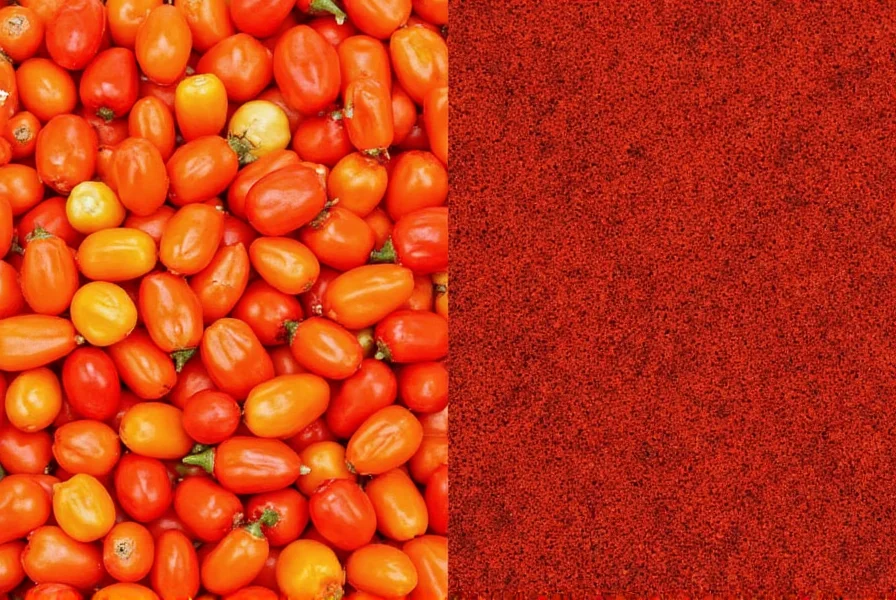
2. Hungarian Goulash
Goulash is a hearty stew known for its rich flavor and vibrant color. Smoked paprika is essential here—it adds depth and complexity. You can also add a touch of sweet paprika at the end for a smooth finish.
3. Sweet Paprika-Spiced Eggs
For a simple yet elegant breakfast, try mixing sweet paprika into scrambled eggs. It adds a nice color and a gentle, nutty flavor that pairs well with cheese and toast.
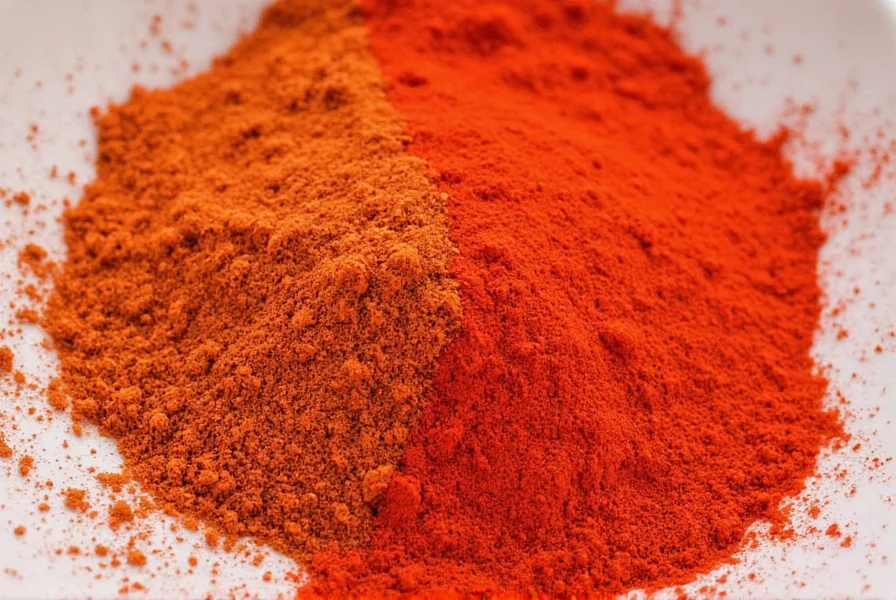
4. Paprika-Rubbed Chicken
Combine regular paprika with garlic, olive oil, and herbs to make a flavorful rub for chicken. This works great on grilled or baked chicken, adding a smoky and savory kick.
Buying Guide: How to Choose the Right Paprika
With so many options on the market, choosing the right paprika can be overwhelming. Here’s a buying guide to help you decide which type suits your needs:
Types of Paprika
- Regular Paprika: A versatile option for general seasoning. Ideal for soups, stews, and meat dishes.
- Sweet Paprika: Best for delicate dishes where you want to add color and sweetness without heat.
- Smoked Paprika: Adds a deep, smoky flavor—great for barbecue, stews, and spice blends.
- Hot Paprika: Contains capsaicin for heat. Perfect for spicy dishes like chilis or salsas.
Factors to Consider When Buying
- Quality: Look for paprika that has a vibrant color and a consistent texture. Avoid powders that look dull or clumpy.
- Source: Some paprikas are made from specific pepper varieties, like Hungarian or Spanish. Each region has its own distinct flavor.
- Brand Reputation: Trusted brands often produce higher-quality spices. Check reviews and ingredients before purchasing.
- Use Case: Think about what you'll be using it for. Do you need a smoky flavor, a sweet finish, or a bit of heat?
When shopping, always read the label carefully. Some paprikas may include additives or other spices. If you're looking for pure paprika, opt for products labeled as such.
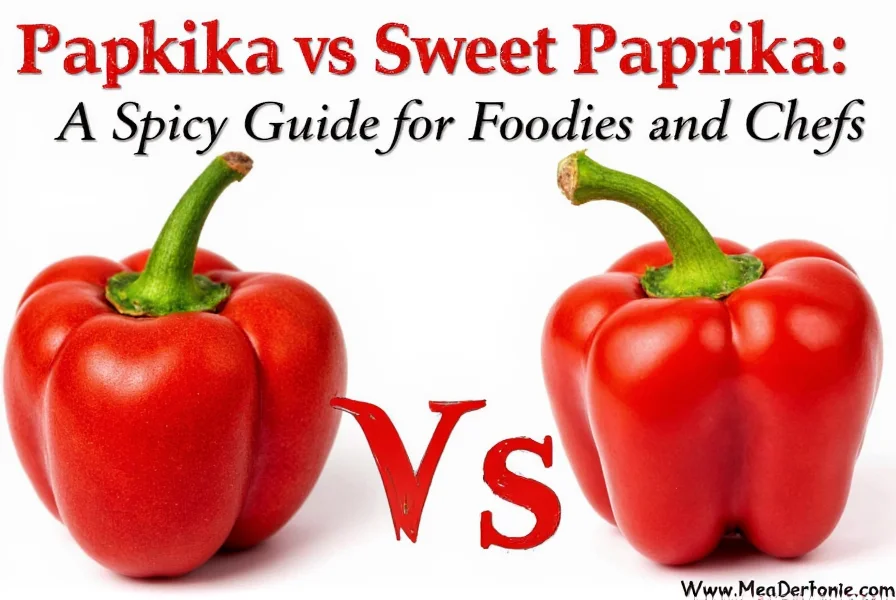
Remember, paprika vs sweet paprika isn’t just about flavor—it’s about how each variety can transform your dishes. Whether you’re making a traditional Hungarian stew or a modern fusion dish, the right paprika can make all the difference.
Conclusion
In summary, paprika vs sweet paprika represents a spectrum of flavor and application. While paprika is a broad term encompassing various types, sweet paprika stands out for its mild, sweet profile and vibrant color. Understanding the differences between them allows you to use each spice to its full potential.
Whether you're experimenting in the kitchen or simply looking to enhance your meals, paprika and sweet paprika are valuable additions to any spice rack. With the right knowledge and a few key tips, you can confidently incorporate these spices into your cooking and enjoy the richness they bring to every dish.
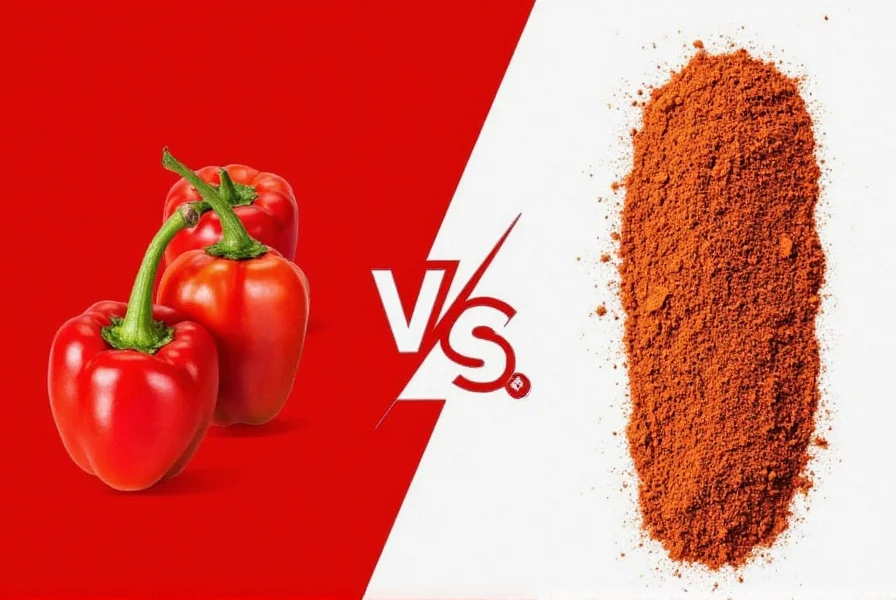
So next time you reach for a spice, think about the story behind it—and how it can bring your food to life.

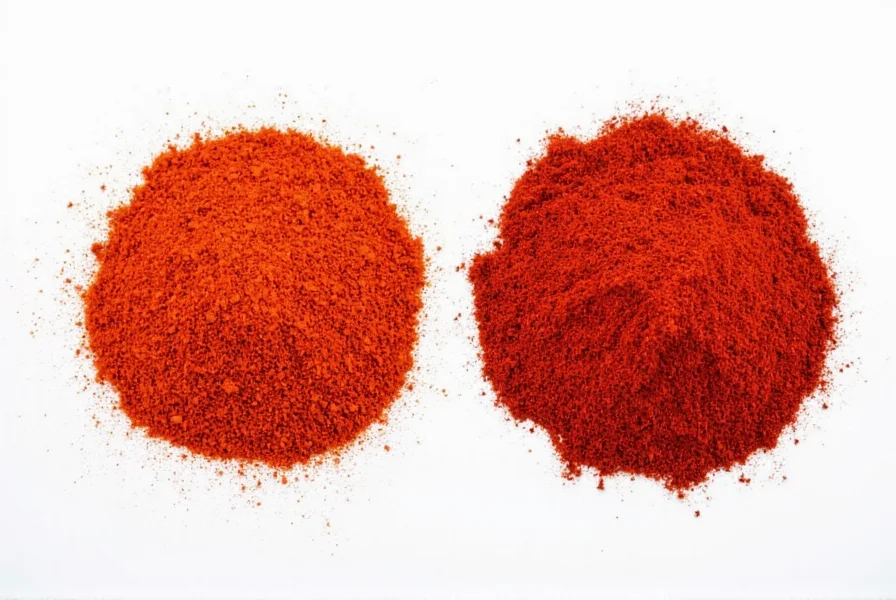









 浙公网安备
33010002000092号
浙公网安备
33010002000092号 浙B2-20120091-4
浙B2-20120091-4